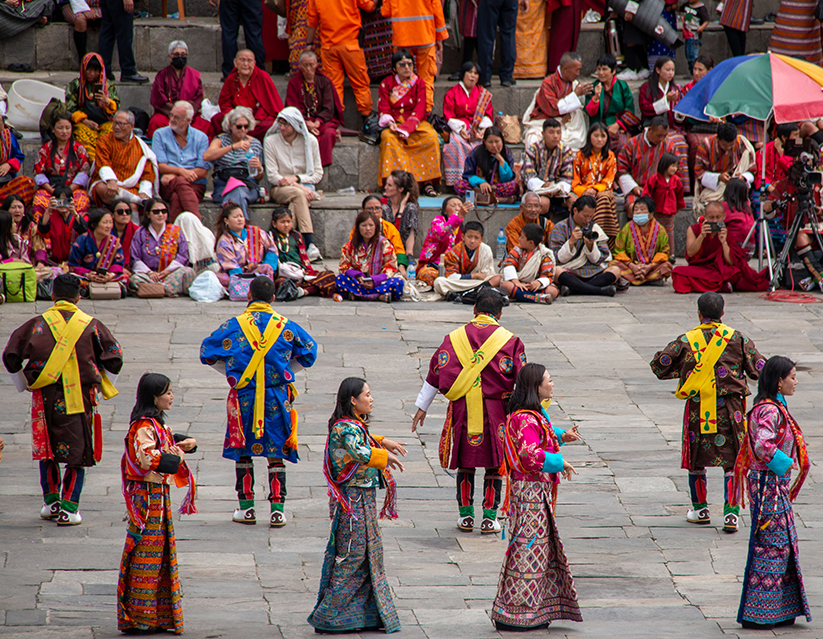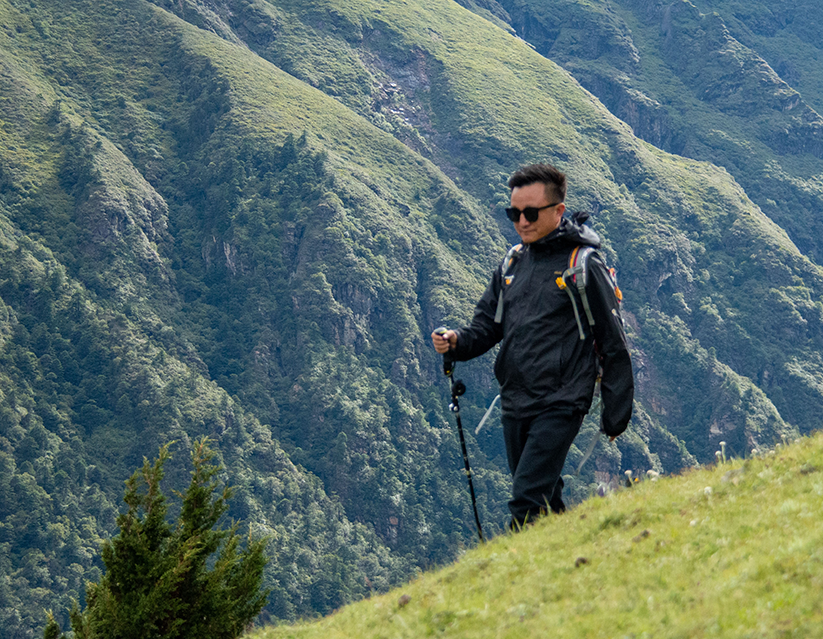Haa Valley, nestled amidst some of Bhutan’s most spectacular mountains, offers breathtaking landscapes and a serene retreat for travelers. The valley is traversed by the Chelela Pass, Bhutan’s highest motorable road, situated at an elevation of 3,810 meters above sea level. This iconic pass, a highlight for visitors to Haa, provides stunning views of snow-capped peaks year-round, including majestic vistas of Jomolhari and Jichu Drake.
Haa Valley, one of Bhutan’s newer regions to open to tourism, is known for its abundance of homestays and farm-stays operated by local families. These accommodations provide visitors with an authentic experience of Bhutanese culture and lifestyle. With more homestays than hotels in the region, visitors can choose from a variety of options to suit their preferences and budgets. Activities offered at these homestays allow guests to immerse themselves in the local way of life.
In addition to its natural beauty and cultural experiences, Haa is home to significant religious sites. Among them, Lhakhang Karpo (White Temple) and Lhakhang Nagpo (Black Temple) are must-visit landmarks with fascinating histories. Built by the Tibetan King Songtsen Gampo as part of his mission to construct 108 temples across the region, these two temples have become important spiritual centers. Similar temples built during this time include Kyichu Lhakhang in Paro and Jampa Lhakhang in Bumthang.
According to legend, two pigeons—a white one and a black one—were released to determine the locations for these temples. The spot where the white pigeon landed became the site of Lhakhang Karpo, while the black pigeon marked the location of Lhakhang Nagpo. Interestingly, it’s believed the temples were constructed by people who appeared mysteriously, which led to the district being named Haa, derived from the local term “Haa-Toem,” meaning “suddenly.”
Lhakhang Karpo, located in Uesu Gewog in southern Haa, is surrounded by three sacred mountains. Resembling a fortress, the temple is home to sacred images of Sangye Tshepamey and Ap Chhundu, the valley’s guardian deity. It also serves as a Buddhist school and hosts an annual festival every July, drawing thousands of locals and tourists to its courtyard for mask dances and traditional performances. By night, the illuminated temple offers a stunning view, a sight not to be missed. Note that the temple is closed for lunch from 12:00 to 1:00 PM Bhutan Standard Time.
Just a short 10-minute drive or 15-minute walk from Lhakhang Karpo is Lhakhang Nagpo, known as the Black Temple. Despite its name, the temple’s walls are a greyish hue rather than black. This sacred site, located in Dumcho Village, houses a small lake and serves as the seat of the guardian deity Da Do Chen. Visitors are encouraged to see the temple’s unique interior and tranquil surroundings for themselves.
Haa Valley is a captivating destination, blending cultural richness, spiritual significance, and natural splendor. Whether marveling at its sacred sites, enjoying the warmth of its homestays, or traversing the stunning landscapes, a visit to Haa promises an experience like no other in Bhutan.


